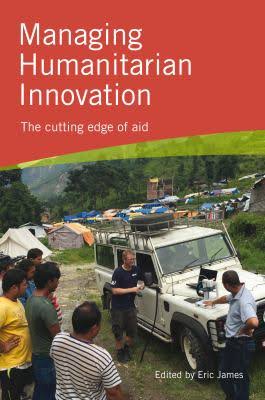
3D printing can have a definitive role in fostering innovation by enabling local production of materials from recycled waste, and off-grid solar photovoltaic-powered distributed manufacturing of high-value products. The technological improvements and innovations resulting from open-source 3D printing being used as a distributed manufacturing technology can benefit resource-constrained areas, including those undergoing crisis. This includes the ability to locally fabricate 3D printers, useful products, and the printing filament to make them using local materials. Work in these areas shows enormous potential for radically improving the lives of people and communities affected by disaster.
What could you print?
- This printer was primarily tested on 3D printed medical equipment, however there are many applications including:
Keywords[edit | edit source]
Appropriate Technology; Distributed Manufacturing; Open Source Hardware; 3D Printing; OSAT; additive manufacturing; disaster relief; open hardware; humanitarian engineering; humanitarian logistics; rapid manufacturing; remote manufacturing ; open source, recycling
See also[edit | edit source]
- Open source rapid prototyping of OSAT
- Development of a Resilient 3-D Printer for Humanitarian Crisis Response
- Mobile Open-Source Solar-Powered 3-D Printers for Distributed Manufacturing in Off-Grid Communities
- Reversing the Trend of Large Scale and Centralization in Manufacturing: The Case of Distributed Manufacturing of Customizable 3-D-Printable Self-Adjustable Glasses
- High-Efficiency Solar-Powered 3-D Printers for Sustainable Development
- 3-D Printing Solar Photovoltaic Racking in Developing World
- Life-cycle economic analysis of distributed manufacturing with open-source 3-D printers
- Open-source, self-replicating 3-D printer factory for small-business manufacturing
- Distributed manufacturing with 3-D printing: a case study of recreational vehicle solar photovoltaic mounting systems
- Global value chains from a 3D printing perspective
- Self-sufficiency of 3-D printers: utilizing stand-alone solar photovoltaic power systems





